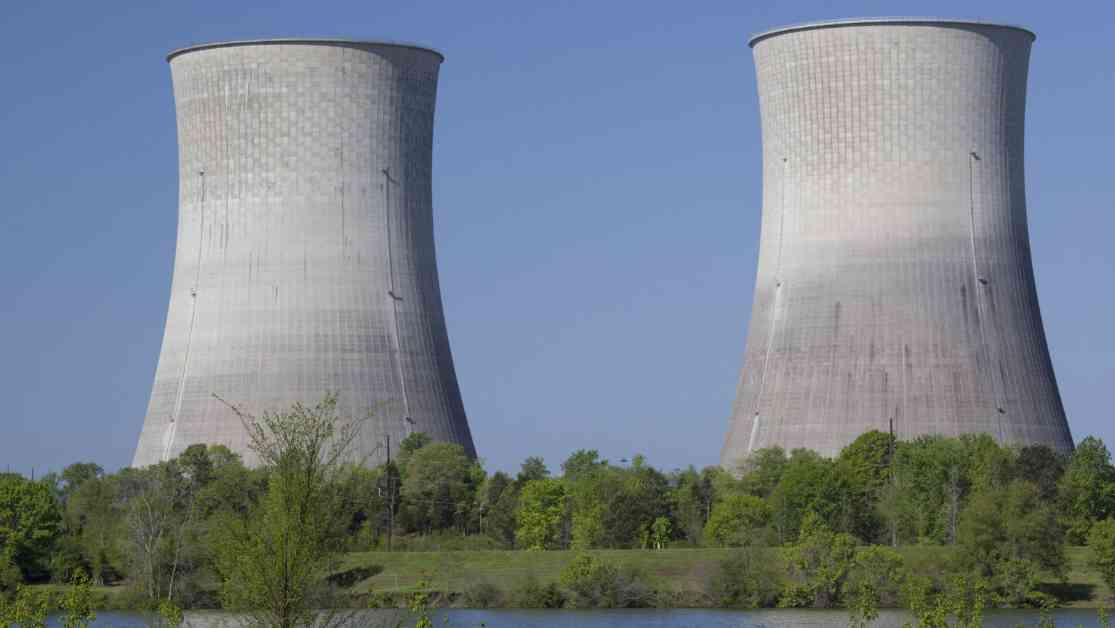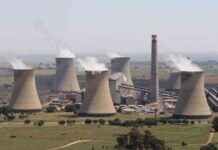In March, there was a thunderous op-ed in Power Magazine by Republican senators Marsha Blackburn and Bill Hagerty of Tennessee calling for President Donald Trump to make some major institutional changes in the Tennessee Valley Authority, America’s biggest public utility. A couple months ago, the TVA’s CEO Jeff Lyash announced his retirement, leading to the selection of Don Moul, who was the executive vice president and chief operating officer since 2021, as his successor by the board of directors appointed by the president. Blackburn and Hagerty expressed concern over the utility’s direction and leadership, emphasizing the need for a new direction to move quickly on building nuclear technology and lead “America’s Nuclear Renaissance.”
“With the right courageous leadership, TVA could lead the way in our nation’s nuclear energy revival, empower us to dominate the 21st century’s global technology competition, and cement President Trump’s legacy as ‘America’s Nuclear President,’” the senators wrote. “As it stands now,” the senators continued, “TVA and its leadership can’t carry the weight of this moment.” Blackburn and Hagerty called for Moul’s replacement, intimated a need for reframing the focus of the board, and demanded a stronger focus on development of small modular nuclear reactors, which are purported to be safer, easier to build, and cheaper to run than larger nuclear plants, though only China and Russia have successfully built SMRs to date.
“If we, as a nation, fail to meet this moment,” they wrote, “American leadership in artificial intelligence, quantum computing, advanced manufacturing, and the ability to win conventional wars will be put at risk. If we choose to lead, a Golden Age lies ahead.” About a week after the op-ed was published, President Trump fired two members of the board — including the chair. It appeared as though the senators were getting what they wanted. But the move may end up backfiring. Under its prior leadership, the TVA was already moving toward an expansion of nuclear power. During the Biden administration, which touted nuclear as a key ingredient of its decarbonization plans, the TVA marketed itself as a clean energy leader, pointing to its massive fleet of hydroelectric dams and nuclear plants. Lyash was a proponent of nuclear power.
He sat on the board of the Nuclear Energy Institute and oversaw plans to build a new small modular reactor in TVA territory. Now, though, according to Simon Mahan, the executive director of the Southern Renewable Energy Association, the recent changes could slow down any movement toward new nuclear plants rather than, as Blackburn and Hagerty hope, speed it up. The TVA’s board is operating without the quorum it needs to make major decisions, including electing a new board chairperson and approving new energy projects — like, for instance, a nuclear plant. “There are some real concerns that TVA’s plan is not matching up with their implementation, and it will be even harder for that to be synced up without a full functioning board,” Mahan said. Some observers say that such concerns have to do with an inability to learn from TVA’s own history.
“Tennessee has a long and troubled history when it comes to nuclear energy,” said Stephen Smith, director of the Southern Alliance for Clean Energy, which opposes nuclear energy, preferring renewables as a cheaper and more quickly deployable option. In the 1960s, about 30 years after the TVA was founded, it planned to build 17 nuclear power plants. Compared to the private utilities, the TVA seemed like a natural fit for the development of nuclear energy: It was easier for a public utility to take on the risk of the long, expensive construction periods without the need for immediate profit. But during the oil crisis of the 1970s and after the Three Mile Island disaster, the political support for nuclear power dissipated. Only seven of the plants that TVA planned for were completed — three of which are active today. The utility is still paying off billions in debt from the partially completed construction of reactors that simply never came online.














